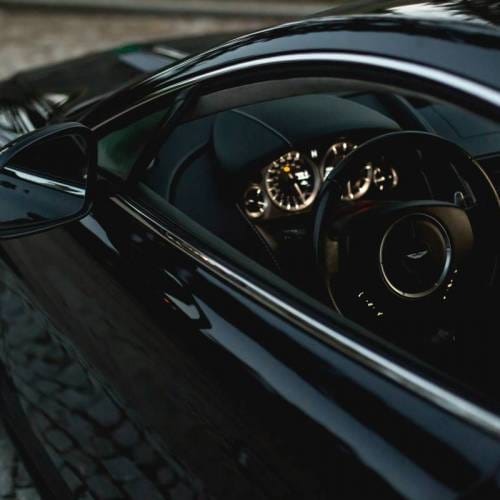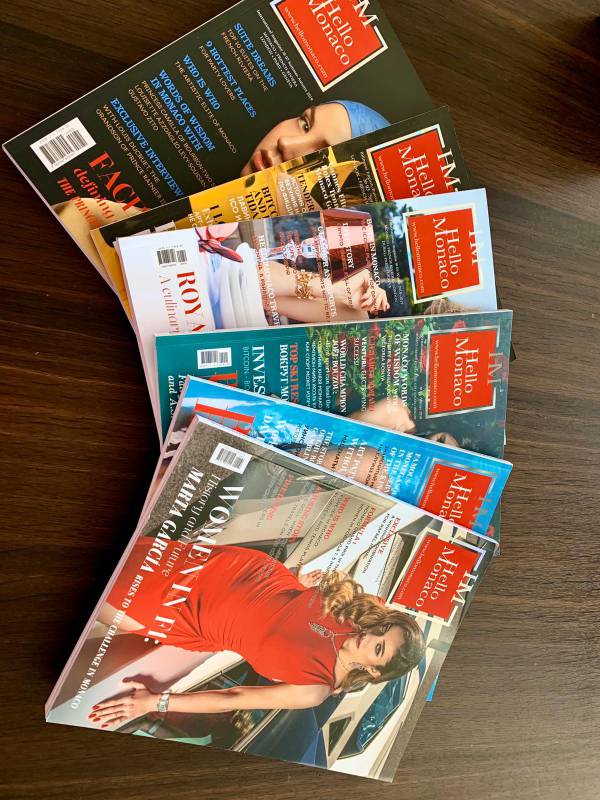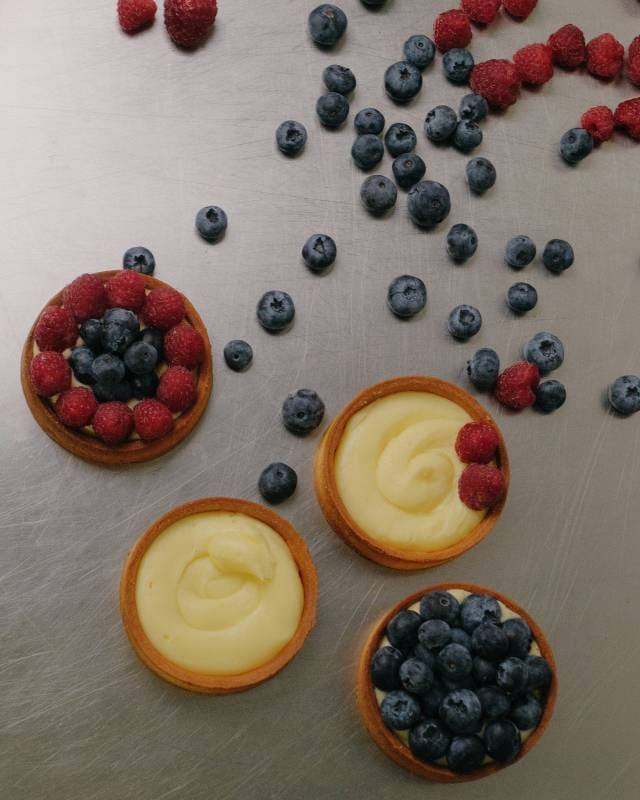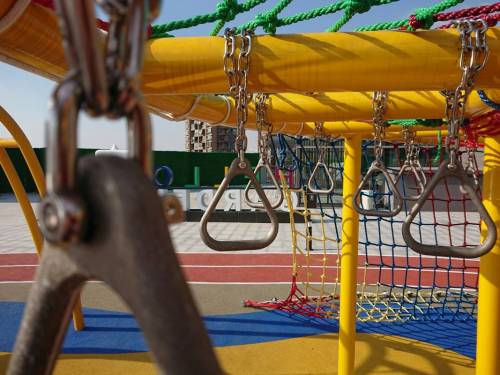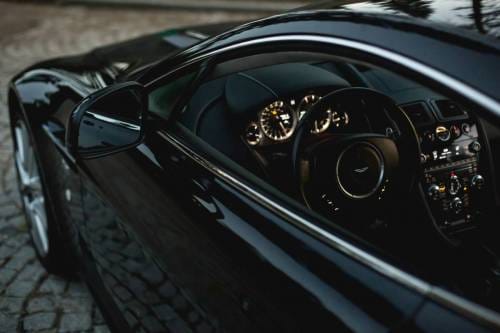In the culinary world, few dishes carry the weight of tradition and technique like pâté-croûte, and in Monaco, this delicacy is more than just a dish—it’s a source of national pride. On October 9th, ten of Monaco’s top chefs gathered at One Monte-Carlo for a fierce pre-selection competition ahead of the World Pâté-Croûte Championships. The event, now in its 15th edition, was attended by Monaco’s Sovereign, Prince Albert II, and Princess Caroline of Hanover, both of whom played a special role in this high-stakes gastronomic showdown.
Organized by the Confrérie du Pâté-Croûte, this competition was no mere cook-off. Pâté-croûte is a traditional French dish that has risen from humble origins to become a celebrated product of haute cuisine. For these ten chefs, including masters of cuisine from SBM, the stakes were high, with one prize on the line: a golden ticket to Lyon, where the World Championship finals would pit them against competitors from culinary powerhouses like France, Japan, and the United States.
The distinguished jury included not only Prince Albert II and Princess Caroline, but also a lineup of revered chefs such as Jacques Maximin, Christian Garcia, Christophe Cussac, Guillaume Gomez and chef Victoria Vallenilla etc.
The Exacting Scoring System – “No Jelly No Chance”
They judged the entries with exacting standards. Every ten minutes, a pâté was presented and sliced, the verdict hinging on the perfect balance of crust, filling, and—most critically—the jelly. As chef Christophe Marguin, co-founder of the pâté-croûte brotherhood, explained, “No jelly, no chance.”
And one candidate indeed lost a ton of points for his lack of jelly on a reported scoring system just like this one:
20 points on the presentation of the pâté itself, 20 on the slice, 30 on the jelly, 30 on the cooking of the dough. And 100 points on the harmony of the pâté..
While the competition adhered to tradition, the chefs introduced some surprising twists. Pigeon, Colonnata bacon, figs, and even lime added a modern flair to classic recipes. Victor Marion of Café de Paris delivered a decadent duck and foie gras pâté, while Anthony Rousseau of Monte-Carlo Bay brought a personal touch with wild boar and figs, recalling family hunting trips from his childhood.
Yet, it was the Yacht Club de Monaco’s Simon Ganache who ultimately triumphed. His pâté, featuring free-range poultry, foie gras, porcini mushrooms, and sweetbreads, earned the top spot. In an emotional moment, Ganache—who had never made a pâté-croûte until recently—confessed his surprise at winning. “It’s a lot harder than it looks,” he said, wiping away tears. His victory means he will now represent Monaco in Lyon on December 2nd, facing top chefs from around the world.
This win is not just a personal achievement for Ganache, but also a matter of national pride. Monaco’s passion for pâté-croûte, a dish steeped in French culinary tradition, is now internationally recognized, with Prince Albert II himself receiving the honorary title of “Chevalier du Pâté-Croûte.” Princess Caroline was also awarded the prestigious gold medal from the Toques Blanches Lyonnaises, further underscoring the Principality’s dedication to preserving and elevating its culinary heritage.
As Simon Ganache prepares for the World Championship in Lyon, the Principality will be cheering him on. For Monaco, this isn’t just about culinary excellence—it’s about making a mark on the global stage of gastronomy.

